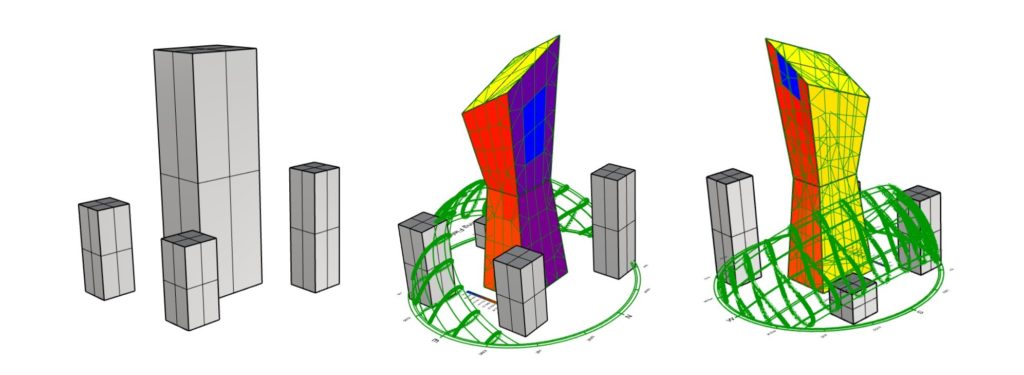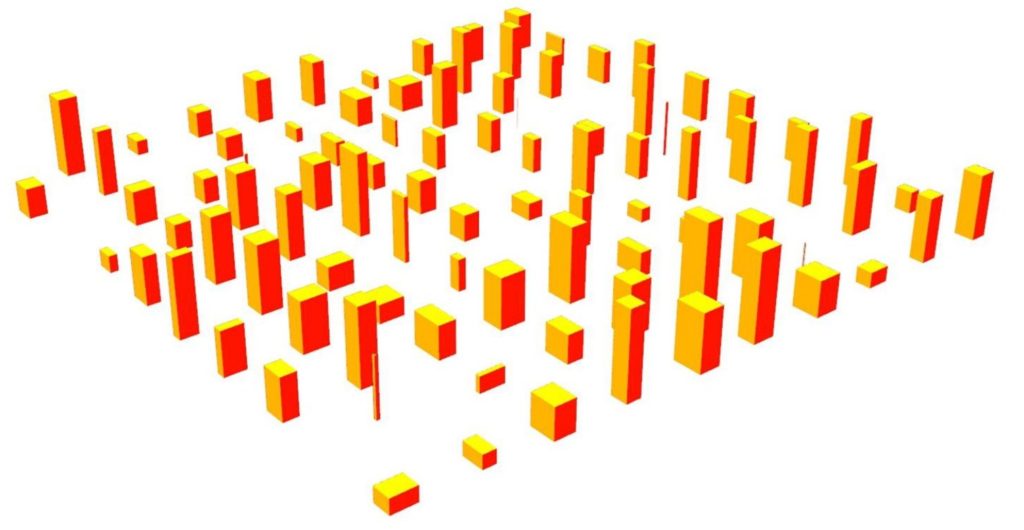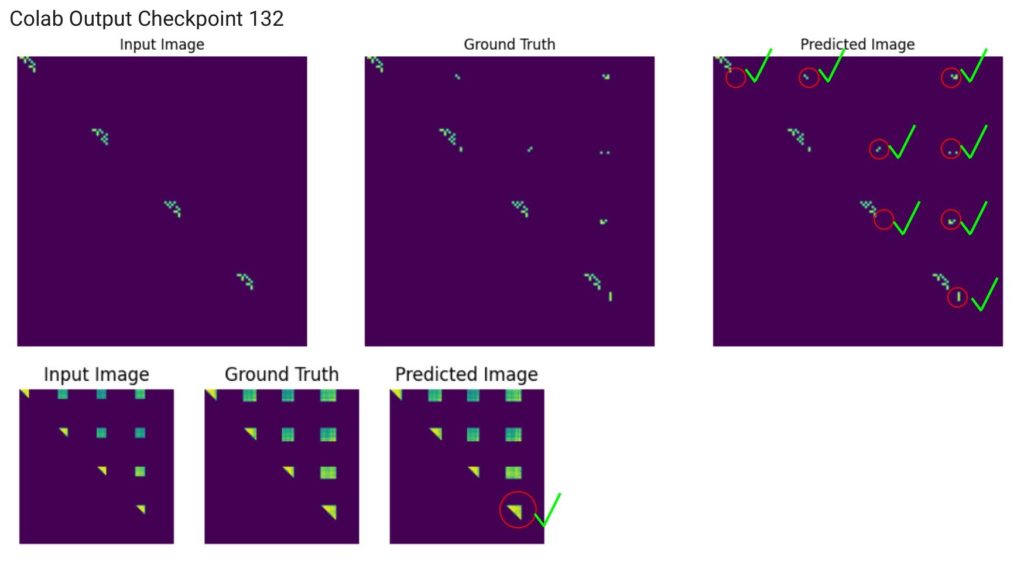
I PROCESS

I PROBLEM STATEMENT

The model will consider factors such as building orientation, facade modifications, and roof area expansion and tilt, ensuring optimal solar panel placement and alignment to maximize energy generation. By developing this AI generative model, we aim to overcome the limitations posed by Seattle’s climate, accelerate the adoption of solar energy, and contribute to the city’s sustainable and environmentally conscious future.
I LOCATION

The need for solar panels on roofs in Seattle presents a significant opportunity to harness clean and renewable energy.
WHY SEATTLE?
Environmental Sustainability
Energy Cost Savings.
Energy Independence and Resilience
Government Incentives and Programs: Seattle, like many other regions, offers various incentives and programs to promote the adoption of solar energy. These incentives may include tax credits, grants, or low-interest financing options, making solar panel installations more affordable for residents and businesses.
Community and Environmental Leadership: Seattle is known for its commitment to environmental stewardship and sustainability. By installing solar panels, individuals and organizations in Seattle can demonstrate their commitment to clean energy and contribute to the city’s overall environmental goals.
I PRECEDENT

Architect: Miller Hull
Environmental Sustainability
Extended Roof Structure for PV Installation
PV Roof Provides Building Shading
The Greenest Commercial Building in the World. The goal of the Bullitt Center is to drive change in the market faster and further by showing what’s possible today. The era of harm reduction, half steps, and lesser evils is behind us. As a society, we need to be bold in once unimaginable ways.
Community and Environmental Leadership: From radiant heating, greywater system, and rainwater harvesting, to a regenerative elevator, heat pumps, and innovative structural materials. The Bullitt Center provides a great precedent for important considerations for our built environment.
I OBJECTIVE
Using an AI generative model to analyze sunlight patterns and optimize building design accordingly. By incorporating sunlight analysis into the design process, the model will suggest
1- modifications to the building’s facade and roof area to maximize the capture of sunlight for solar panel installations.
The AI model can simulate the movement of the sun throughout the year and assess how sunlight interacts with the building’s surroundings, considering factors such as nearby structures, shading, and obstructions. Based on this analysis, the model can propose design modifications that
2- reduce sunlight hours on certain facades, minimize excessive heat gain or glare, and increase the available roof area for solar panel installations.

I UNIT GENERATION
Location / City: Boeing Field Isis / Seattle

I METHODOLOGY

I DATASET SAMPLE
Input context shapes with resulting generated building massing.

Ladybug Sun Hours Analysis on Initial Building Massing

Ladybug Sun Hours Analysis on Transformed Building Massing as the roofs are perpendicular to the sun.

I TRAINING
CHECKPOINT 77
- Missing points on the predicted image from the ground truth.
- The triangles and the squares are not clear for the distance matrix.

CHECKPOINT 132
- Points on the predicted image from the ground truth are matching.
- The triangles and the squares are more precise and refined for the distance matrix.

Ladybug Sun Hours Analysis on Transformed Building Massing
(align roof rotation to be perpendicular to average solar vector)

I PREDICTING
Predictions from unseen data, many were well oriented, some had to be flipped
The overall shape and relationships seem to be retained from the trained model to the unseen data.

I PRESENTATION

